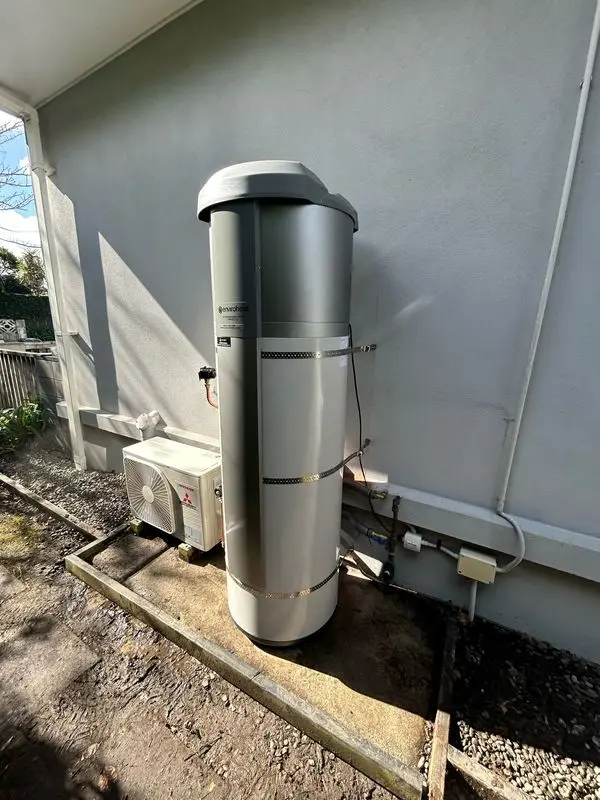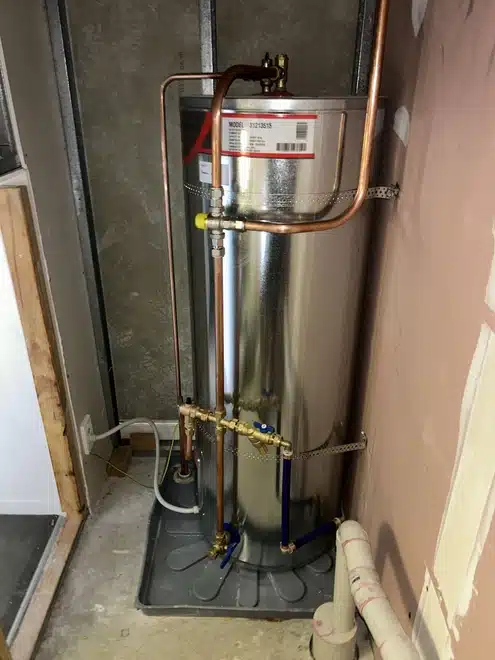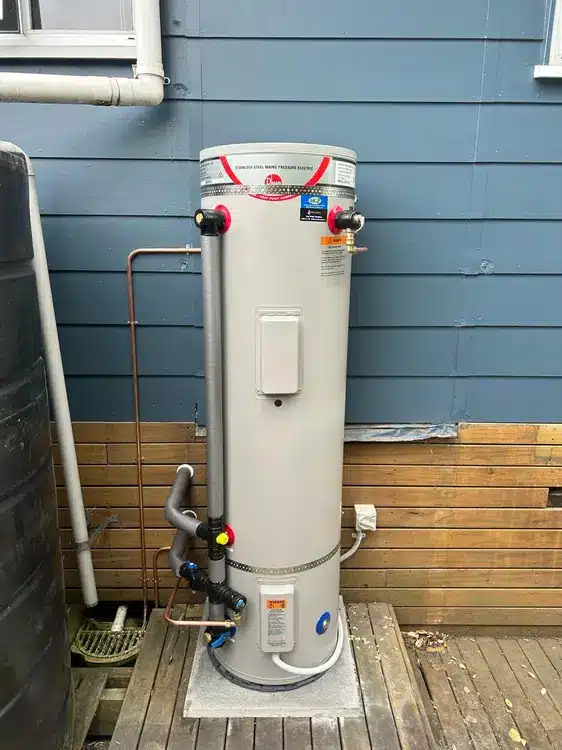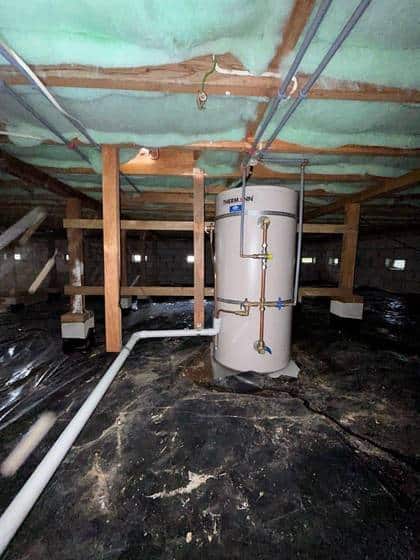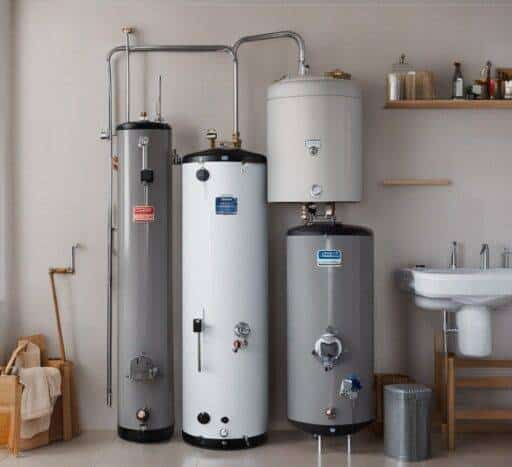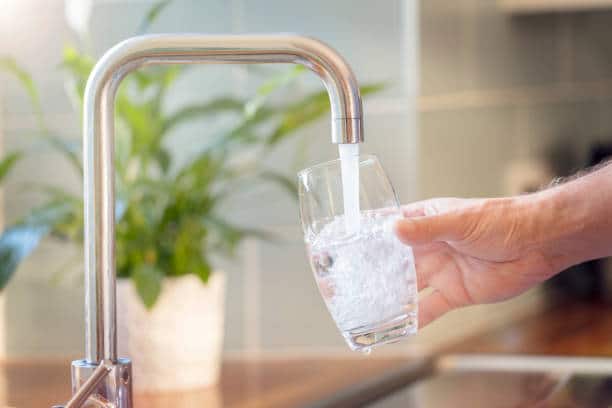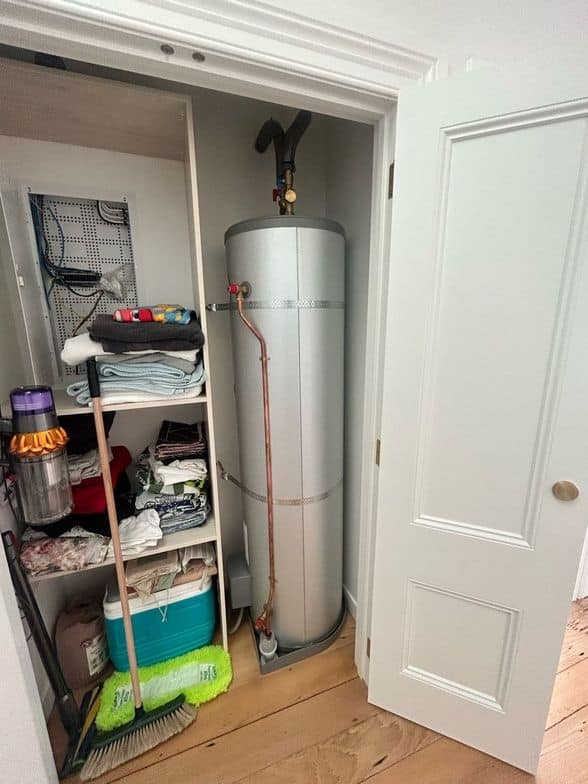Defining the Configurations
Open loop heat pumps, sometimes called groundwater heat pumps, use wells or boreholes drilled deep into the earth to extract warmer groundwater, pass it through a heat exchanger, and then discharge the water back into the subsoil. The stable year-round groundwater temperatures, ranging from 18°C to 22°C across most of New Zealand, provide an abundant thermal resource to heat pumps compared to fluctuating air temperatures.
Closed loop heat pump configurations use a continuously recirculated heat transfer fluid to collect geothermal warmth. A series of underground pipes forms a closed circuit between one or more boreholes and the heat pump unit itself located above ground. The fluid absorbs subterranean heat as it moves through the buried pipe loops before returning to the heat pump to transfer its thermal energy via a heat exchanger.
Efficiency Comparison
When comparing efficiencies between open and closed loop geothermal systems, closed loops tend to outperform. That’s because groundwater pulled up by open loop pumps starts cooling immediately when exposed to surface temperatures. Greater heat is lost in transfer across the system components. Closed loops maintain their captured warmth all the way through the heat pump thanks to the insulated, isolated loop circuit design.
On the other hand, the larger thermal mass of water in open loops allows faster transfer across heat exchangers. While not as consistently efficient, open loop pump efficiency also improves during colder months when groundwater temperature differential is greatest compared to surface air. So, there are some seasonal efficiency advantages to open configurations.
Installation and Site Considerations
Open loop geothermal setups require favorable groundwater accessibility onsite at depths between 10 to 30 meters for reasonable installation costs. Outcrops of basement rock or aquifers must be present with adequate water flow rates. Open loops consequently favor properties located near lakes, rivers, or coastal areas. Permits are usually needed for drawing and discharging groundwater depending on volumes.
Closed loop fields are less restricted by subsurface conditions. Pipes can be buried vertically or snaked horizontally across available land areas as small as a backyard. But more pipe length is needed to capture enough heat, increasing material costs. Buildings with available unshaded land around their perimeter tend to suit closed loop installs.
Upfront and Operating Costs
The major tradeoff between these heat pump systems comes down to higher installation costs for closed loops versus higher running costs for open configurations. Drilling expenses for open pump wells typically run between $6,000 to $10,000 depending on depth requirements. But no special pipe materials are needed. By comparison, standard closed loop piping install costs fall between $10 to $25 per foot. Systems require 500 to 2000 feet of piping, driving overall costs above $10,000 and often much higher.
However, open pump geothermal setups consume considerable electricity running the water pumps continually. Maintenance costs are also higher checking pump operation and potential scaling within water pipes over time. Though more expensive initially, closed loops have vastly lower operating and maintenance costs for superior lifetime cost savings.
Making the Right Choice
In the end, site-specific geological factors typically dictate which system configuration makes the most sense. Open loop heat pumps can work extremely well in coastal areas or locations with known aquifers. But where groundwater isn’t readily accessible, closed loop options may be easier to install and more cost-effective long term. Our heat pump experts can assess your property and requirements to determine the ideal system configuration for heating your water efficiently.
Hybrid Open/Closed Loop Designs
Beyond a simple open or closed loop system, some customized heat pump configurations leverage the best aspects of both approaches in a hybrid design. These hybrids use open loops to harness groundwater thermal properties while avoiding continual water pumping needs.
In a hybrid open/closed system, groundwater is drawn up from a well into a heat exchanger to capture warmth. But rather than discharging the water, it is diverted into an underground closed loop array of pipes. The now cooled water slowly permeates back into the aquifer over time while the closed loop array continues circulating heat transfer fluid through the above ground heat pump.
With the right geology allowing below grade water migration, such a system benefits from the high efficiency of a closed loop heat pump while minimizing underground pipe requirements. The closed loop only needs enough capacity to balance thermal transfer rates rather than permanently store all extracted energy from the open loop.
Get in touch today to learn more about open vs closed loop heat pumps suitable for your Auckland home or business.
Use our contact us page to reach us and we will be more than happy to discuss your hot water situation. Or give us a call on 0800 497658.
At Hot Water Solutions all we do is hot water!

